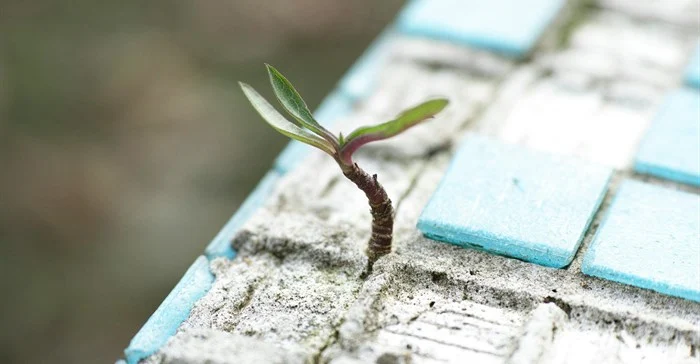Researchers at the University of Cambridge have found a way to make cement that’s good for the planet. This new cement, called Cambridge Electric Cement (CEC), could change how we build and help fight climate change. It has the potential to reshape the industry’s approach to sustainability and reduce its carbon footprint.
Cement production is a major contributor to global CO2 emissions, accounting for approximately 7.5% of total human activity-related carbon emissions. The conventional process involves the decarbonisation of limestone and the combustion of fossil fuels, both of which release substantial amounts of greenhouse gases into the atmosphere.Cambridge method
CEC offers a radical departure from traditional cement production by leveraging used cement, which is currently a waste product. In the research paper published in Nature researchers developed an all-electric process that eliminates both process and combustion emissions. The process involves reclinkering recovered cement paste, which has already been decarbonated, in an electric arc furnace (EAF) used for steel recycling.This not only produces high-quality Portland clinker but also reduces the emissions associated with steel recycling by decreasing the need for lime flux.
By adopting this green cement process, construction professionals can significantly reduce the environmental impact of their projects.








